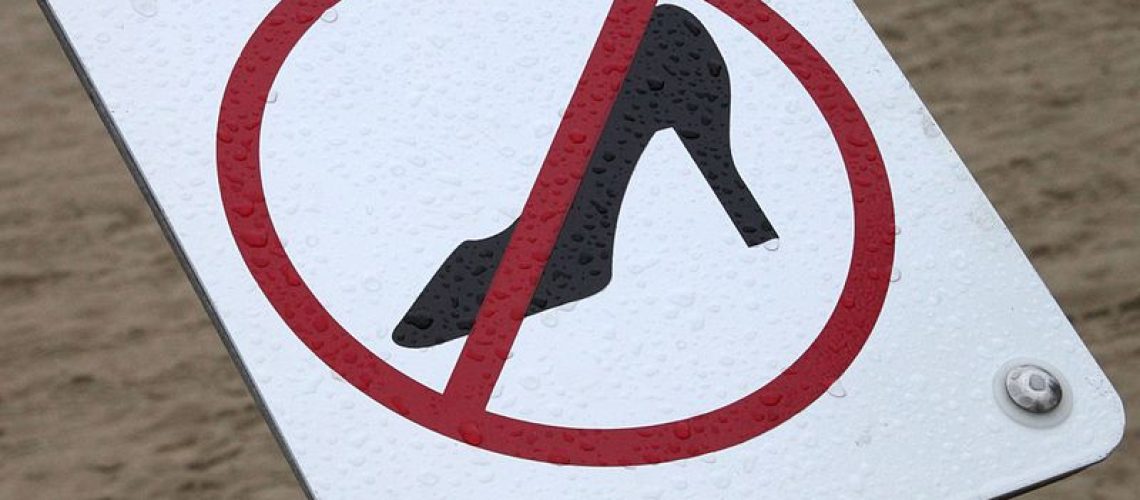“The evil in this case is the wearing of high heels as opposed to flat shoes. It is a case that pits sartorial elegance against health and safety at the workplace” (Extract from judgment below)
Employers have a general duty to ensure health and safety in the workplace. But as a recent Labour Court case illustrates, policies dealing with these issues must be correctly drawn, implemented and enforced.
A mine’s “no high heels” policy challenged
- A mining operation introduced a health and safety policy, applicable to all employees, requiring that: “Appropriate shoes must be worn at all times. Slippers, high heels and open shoes are not allowed”. A later clarification provided that “Only flat shoes may be worn at work…”. After a risk assessment around the issue of wearing high heels two years later, a further clarification was issued: “Employees are thus hereby instructed to wear only flat shoes when entering the mine premises and safety boots to be worn where applicable … Non-compliance with regards to this instruction(s) may lead to disciplinary action.”
- A Human Resources Controller was observed on two occasions to be wearing high heels, and was instructed to comply with the policy, despite her pleas to be allowed to retain a “feminine look” at work.
- She complied, but vented her dissatisfaction to several colleagues, asking them to come together to express dissatisfaction with the policy. She also unsuccessfully asked a trade union official to come to her aid.
- She was dismissed after being found guilty at a disciplinary enquiry of gross insubordination and incitement. After unsuccessfully challenging her dismissal in the CCMA (Commission for Conciliation Mediation and Arbitration), she approached the Labour Court.
The Labour Court’s decision, and lessons from its judgment
The Labour Court overturned the dismissal and ordered the mine to retrospectively re-instate the employee.
Whilst this decision stemmed from the Court’s conclusion that the employer had failed on the facts to prove either insubordination or incitement on the part of the employee, its judgment highlighted a number of factors that all employers should bear in mind –
- Policies must be justified, lawful, clearly drafted, and unambiguous. Part of the employer’s problem here was its initial failure to support the policy with a risk assessment, and to unambiguously specify which parts of the mining premises it applied to.
- Policies must be enforced consistently.
- Terms and conditions of employment cannot be changed unilaterally.
- Employees have a right of freedom of expression, and a right to lawfully question (and express their views about) workplace policies.
- Insubordination can manifest as a refusal to obey a reasonable and lawful demand, or as a challenge to or defiance of an employer’s authority, but only where that authority is lawful and/or reasonable.
- “Whether misconduct amounts to insubordination depends on a number of factors, including the willfulness of the employee’s defiance, the reasonableness of the order that was defied and the actions of the employer prior to the purported act of defiance.”
- In this case there was no evidence of a deliberate and serious challenge to or defiance of the policy. The employee had complied with the clarified policy after being instructed to do so, albeit grudgingly. It would only have been insubordination, said the Court, if she had said she would refuse to comply in future.
- A charge of incitement in the workplace requires proof of incitement of other employees to act unlawfully, for example to take part in an unprotected strike – which the employer in this case had failed to prove.
None of the above detracts in any way from your duty as an employer to implement policies for the protection of workplace health and safety – but do it correctly!
For professional legal advice, contact Goldberg & de Villiers Inc. on 041 5019800.

